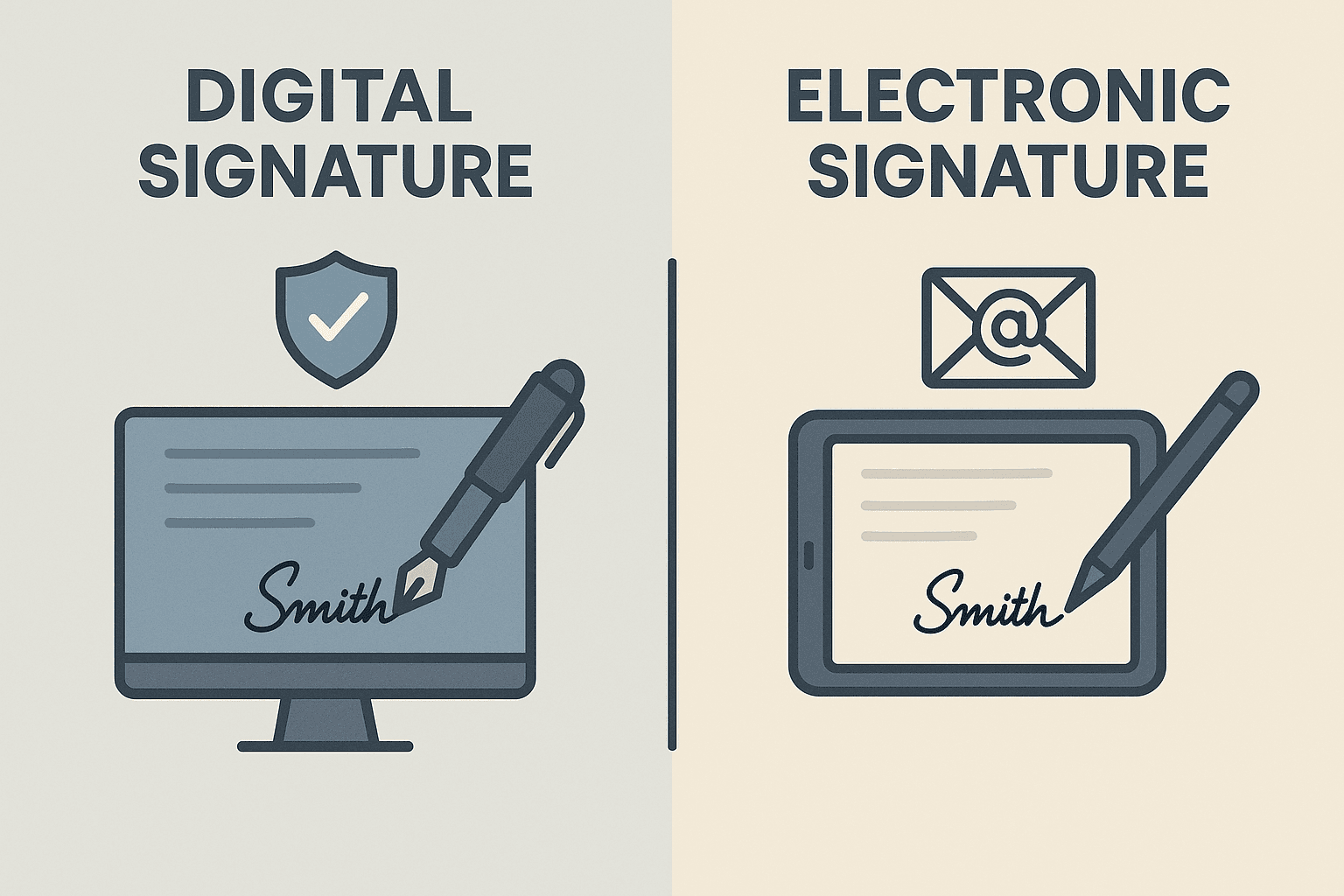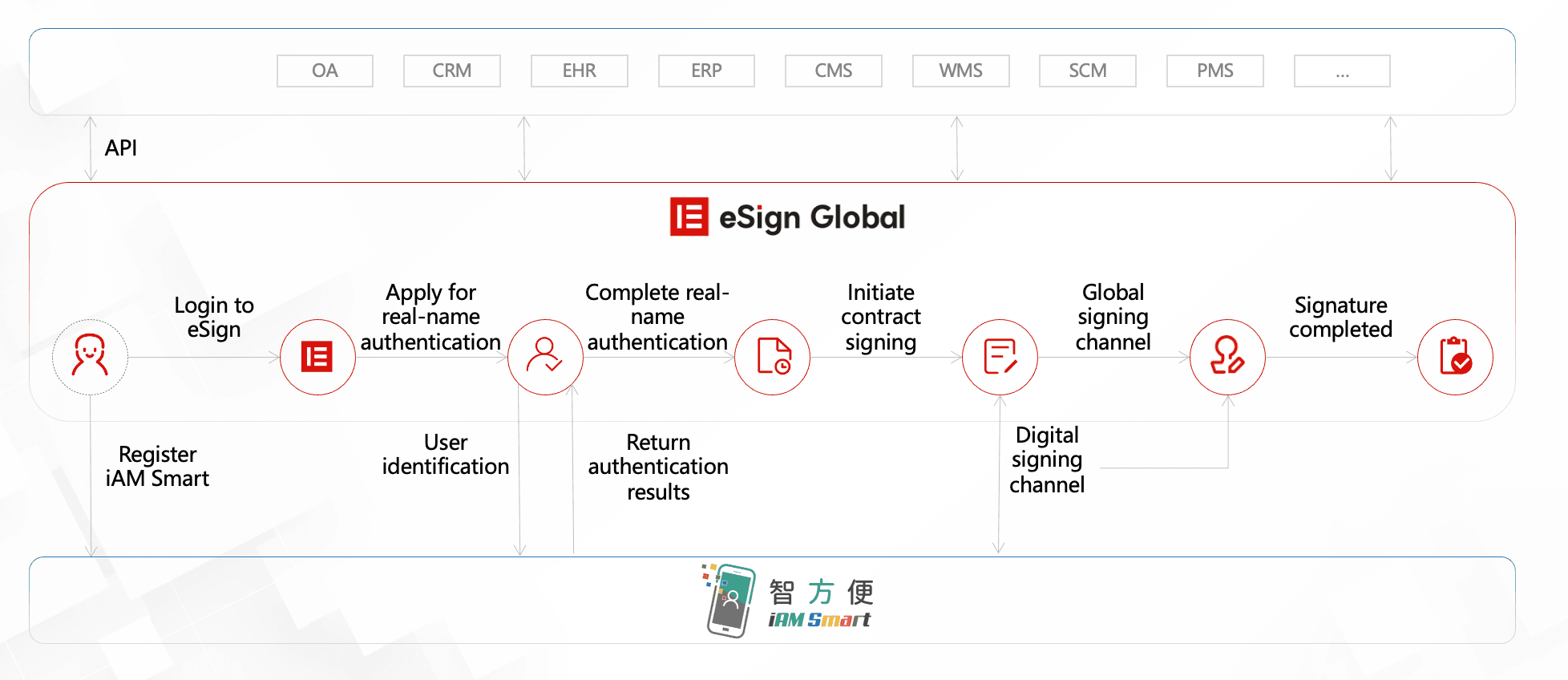WhatsApp or email with our sales team or get in touch with a business development professional in your region.
can wet signature be digital





Can Wet Signature Be Digital? Exploring the Legality and Practical Use in Hong Kong and Southeast Asia
In today’s fast-evolving digital workspace, traditional business processes are constantly being re-evaluated for increased efficiency and security. One of the common questions that organizations and professionals ask is: can a wet signature be digital? The short answer is yes—but the real answer involves understanding the difference between wet, electronic, and digital signatures, and more importantly, knowing the legal implications in your local jurisdiction.
In this article, we will break down what a wet signature is, explore how it can be replicated digitally, and take a deep dive into how various laws in places like Hong Kong and across Southeast Asia affect the validity and adoption of such practices.
What Is a Wet Signature?
A “wet signature” refers to the physical act of signing a document with ink—typically using a pen onto paper. The term “wet” distinguishes it from digital alternatives by emphasizing the tangible, physical nature of the act.
Traditionally, wet signatures have been the gold standard for legal agreements. However, they come with limitations: printing, mailing, scanning, and storing signed documents can be time-consuming, error-prone, and environmentally taxing.
Can a Wet Signature Be Digital?
Legally, a wet signature cannot be turned digital per se, but it can be replicated and replaced by a digital or electronic signature, depending on the legal framework of your region.
An electronic version of a wet signature—such as an image of someone’s handwritten signature inserted into a PDF—can be considered valid under many jurisdictions, especially if it satisfies certain authentication, intent, and consent criteria.

However, local laws differ significantly. For example:
-
In Hong Kong, electronic signatures are recognised under the Electronic Transactions Ordinance (Cap. 553). This law affirms that a signature requirement is satisfied if a reliable method is used to identify the signatory and their intent to approve the information.
-
In Singapore, the Electronic Transactions Act (ETA) supports the enforceability of electronic signatures, provided that the process reliably allows identification and consent.
-
In Malaysia, the Digital Signature Act 1997 specifically governs digital signatures, a more secure form of verification that uses encryption technologies.
Understanding what is legally acceptable in one region may not apply in another, making regulatory compliance a key consideration.
Electronic Signature vs. Digital Signature: What’s the Difference?
Many people use the terms interchangeably, but they have notable differences:
-
Electronic Signatures can be as simple as typing your name or pasting an image of your signature into a document. It’s largely about consent and proof of agreement.
-
Digital Signatures use encryption, digital IDs, and cryptographic algorithms to verify a signer’s identity and guarantee document integrity. These are a form of electronic signature, but offer greater security and typically meet stricter regulatory standards.

For businesses in regulated industries—finance, legal, health—a digital signature may be preferred or even required by law.
How Wet Signatures Are Emulated in Digital Form
You might wonder how electronic equivalents replicate the authenticity of a handwritten signature. Here are several common methods:
- Signature Images — Scanned or drawn versions of handwritten signatures placed into PDFs.
- Typed Names — Entering a name along with consent checkboxes or authentication.
- Signing Platforms — Tools like eSignGlobal or Docusign that provide secure identity verification measures and audit trails.
- Mobile Signatures — Capturing signatures directly on mobile devices.

With an increasing number of businesses going paperless, these solutions help effectively digitize what was once only achievable through ink and paper.
The Importance of Regional Compliance: Why It Matters
Every jurisdiction has its own set of definitions, requirements, and exceptions. That’s why understanding your local law is crucial before relying entirely on digital signing technologies.
For instance:
- Hong Kong’s Cap. 553 emphasizes the reliability of the method used, placing importance on whether the method ensures the signer’s identity and intention are clear.
- Indonesia’s Law No. 11 of 2008 on Electronic Information and Transactions categorizes digital signatures as “certified” or “uncertified,” giving extra legal weight to those verified by a certified Indonesian Certificate Authority.
In contrast, countries like Vietnam and Thailand are still evolving their digital authentication laws, sometimes requiring hybrid methods where digital and wet signatures might both be used for sensitive contracts.
Benefits of Digitizing Wet Signatures
Digitizing the signature process doesn’t just cater to convenience or speed. It also brings:
- Improved efficiency — Documents can be closed in minutes, not days.
- Reduced operational costs — No need for printing, postage, or physical storage.
- Better security — Encrypted signatures and audit trails defend against forgery or unauthorized alterations.
- Environmental sustainability — Going digital significantly reduces paper usage.

That said, businesses must provide employees and clients with the necessary education and tools to implement these solutions effectively.
Common Use Cases for Digital Equivalents of Wet Signatures
Certain sectors are embracing digitization faster than others. Here are key examples:
- Legal Contracts — NDAs, partnership agreements, employment contracts.
- Financial Services — Loan applications, account openings, insurance forms.
- Real Estate — Lease agreements, purchase contracts, disclosure forms.
- Government Services — Licensing, permits, tax filing applications.
For each of these processes, not only does a digital approach save time, but it can also serve as legally binding evidence—provided the right procedures are followed according to regional regulations.
Regional Solution: An Alternative to Docusign for Hong Kong/Southeast Asia
While global brands like Docusign offer robust digital signature solutions, regional users in Hong Kong and Southeast Asia often require services that focus on local compliance, language support, and integration with area-specific business protocols.
One regional provider that stands out is eSignGlobal—a secure digital signing platform tailored specifically to the needs of businesses operating under Hong Kong’s ETO, Singapore’s ETA, and others. Designed with advanced encryption, customizable workflows, and localized legal frameworks in mind, eSignGlobal is a reliable choice for organizations concerned about compliance and security in their digital transformation journey.

Final Thoughts
To answer the question: Can a wet signature be digital?—Yes, but with the caveat that the digital version must comply with your local legal frameworks to be valid and enforceable.
The future of agreements lies firmly in the digital space. From increased security to drastically improved efficiency, digitizing signatures is not just a tech upgrade—it’s a competitive advantage. As laws across the globe continue to support and validate digital contracts, businesses should move toward implementing secure, compliant, and user-friendly digital signature solutions like eSignGlobal.
When you combine local legal compliance with intelligent design, what was once a simple ink scribble becomes a cornerstone of modern business agility.

Shunfang
Head of Product Management at eSignGlobal, a seasoned leader with extensive international experience in the e-signature industry.
Follow me on LinkedIn
Get legally-binding eSignatures now!
30 days free fully feature trial
Business Email
Get Started
 Only business email allowed
Only business email allowed
Latest Articles
Does using electronic signatures save revenue stamp tax (Shunyuzei) in Japan?
Is it legal to use cloud-based signatures instead of Hanko in Japan?
How to collect legally binding signatures from employees in China?
What are the requirements for an electronic invoice (e-Fapiao) signature?
How to automate sales contracts for a manufacturing business in China?
Can I use WeChat to legally sign a loan agreement?
How to verify if a Chinese electronic contract has been tampered with?
What is the best way to sign NDAs remotely with Chinese partners?


